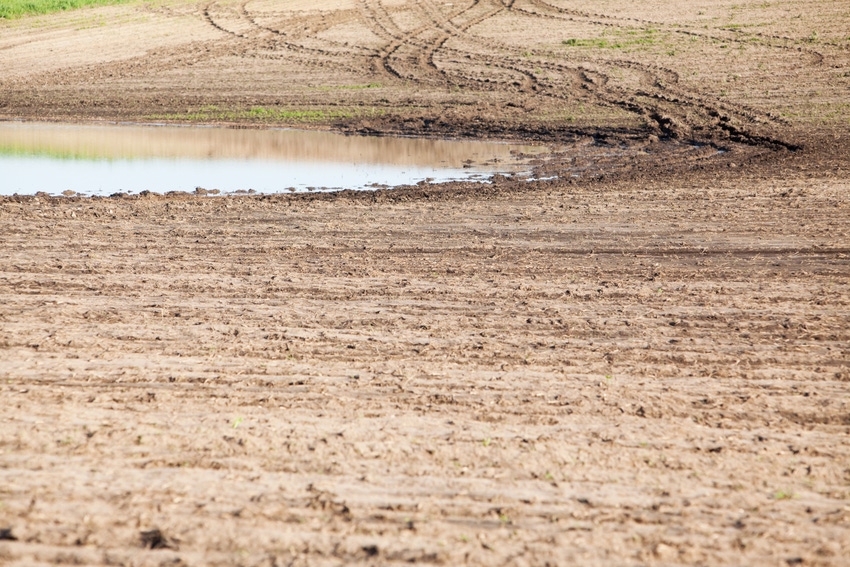May 30, 2019

As we get closer to decisions about cropping versus prevented planting, weed control may be one of the factors to consider. The season-long weediness of bare areas that occur in some crop fields from flooding and crop loss give a good idea of what can be in store on prevented planting acres.
The goals for unplanted acres are really to:
Prevent annual weeds from going to seed and increasing the soil seedbank – anything that goes to seed will have to be dealt with in the future.
Treat any perennial weeds in the appropriate growth stage to reduce their population.
Winter annual weeds have already gone to seed or are in the process of doing so. Summer annuals will keep emerging in a bare-ground area for much of the summer, depending upon rain. At some point later in the season, though, newly emerging summer annuals will run out of time to mature and develop much seed before frost, and the overall goal is to control them from now until then.
Control can be accomplished with multiple passes of mowing, tillage or herbicide, or a combination of these. Assume a cost for at least two passes for the sake of any calculations used to determine whether to plant a crop or go with prevented planting. Weeds that survive/regrow following tillage or mowing become more difficult to kill with herbicides, so where a combination of these methods are used, herbicide may be best used in the first pass.
Tillage is best used for relatively small weeds, because large ones are difficult to completely uproot. A single mowing may be best used later in the season, when any weed regrowth will be taken care of by frost before seed can be produced.
Where foliar-applied herbicides will be used for control, we would suggest one application fairly soon, while weeds are small enough to be controlled, followed by a second one later in summer as needed. The most cost-effective approach is probably glyphosate plus 2,4-D, although other growth regulator herbicides that contain dicamba or clopyralid can be added also. This approach may not kill large marestail, but can stop most of the seed production. Gramoxone or glufosinate could be substituted for glyphosate in some fields, but mostly where weeds are still small, and large grasses can be a problem.
Planting a cover crop can help suppress weeds and reduce reliance on herbicides alone. This will most likely not eliminate the need for herbicides, and a burndown treatment or tillage will be necessary to allow planting. Planting a grass cover will allow use of growth regulator herbicides to control broadleaf weeds. If the field was previously treated with residual corn or soybean herbicides but then not planted, check to make sure it’s safe to plant the intended cover after use of those herbicides.
A common question in this situation is whether residual herbicides can be used to replace or minimize the need for foliar-applied herbicide, or extend the time until they are needed. In our opinion, it is difficult to make the case to spend money for residual herbicides here, because the ones we use on corn and soybeans struggle to provide enough control in a bare-ground situation, and most are not labeled for use in non-crop areas. The herbicides used in industrial vegetation situations that will provide enough control will also persist long enough to mess up crop rotations. The goal for residual herbicide use would be a minimal investment for herbicide(s) that provide broad spectrum control for a month or more. The only possibilities we could find that have labels for true noncrop areas are pendimethalin, Valor, and Surflan.
The source is solely responsible for the information provided and is wholly owned by the source. Informa Business Media and all its subsidiaries are not responsible for any of the content contained in this information asset.
You May Also Like




